Silver Royal Desert Hope Barrel Saddle Package – 1190534
-
( 1 Review )Rated 5.00 out of 5 based on 1 customer rating01
- SKU: 1190534
Upgrade your current gear with the Silver Royal 9SR27365P-31-353 Desert Hope Barrel Saddle Package. This Western saddle package features floral tooling accented with white hair-on, silver and turquoise dots and silver and turquoise crosses.
-
Tarter Equine Hay Basket – 216007699
Rated 4.71 out of 514Tarter Equine Hay Basket – 216007699
Rated 4.71 out of 514 -
Milano Crushable Wool Felt Outback Hat – 129746899
Rated 4.75 out of 504Milano Crushable Wool Felt Outback Hat – 129746899
Rated 4.75 out of 504
Upgrade your current gear with the Silver Royal 9SR27365P-31-353 Desert Hope Barrel Saddle Package. This Western saddle package features floral tooling accented with white hair-on, silver and turquoise dots and silver and turquoise crosses. The horse saddle also has roughout fenders, jockeys and a turquoise, suede seat that increase grip and complete the look.
- Leather Western saddle with a turquoise, suede seat delivers durability
- Floral tooling accented with white hair-on, silver and turquoise dots and crosses add flair
- Chrome-plated steel resists wear and tear
- Roughout fenders and jockeys offer a comfortable seat
Additional information
| Cantle Height | 4 in. |
|---|---|
| Gullet Height | 7 in. |
| Hardware Material | Chrome Plated Steel |
| Horn Cap Size | 3 in. |
| Riding Style | Western |
| Rigging | In Skirt |
| Saddle Seat Size | 16 in. |
| Seat Material | Suede Leather |
| Skirt Length | 24 in. |
| Skirt Width | 24 in. |
| Stirrups Included | Yes |
| Swell Width | 13 in. |
| Tree Material | Reinforced Fiberglass |
| Tree Size | 1/4 in. |
| Manufacturer Part Number | 9SR27365P-31-353 |
Average Rating
5.00
Rated 5.00 out of 5 based on 1 customer rating
015 Star
100%
4 Star
0%
3 Star
0%
2 Star
0%
1 Star
0%
Submit your review Cancel reply

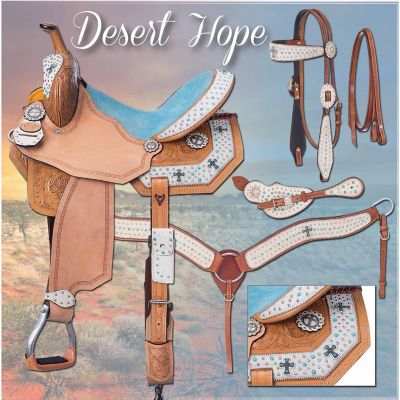
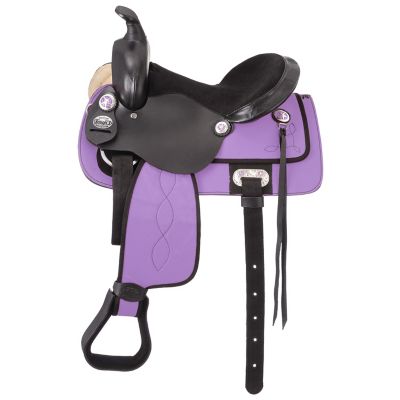
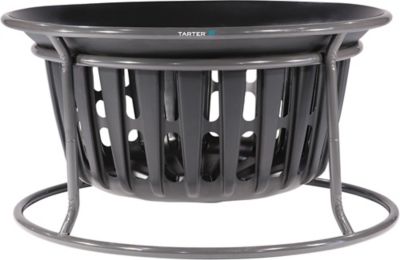
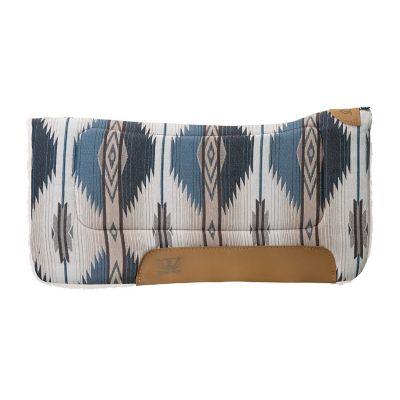
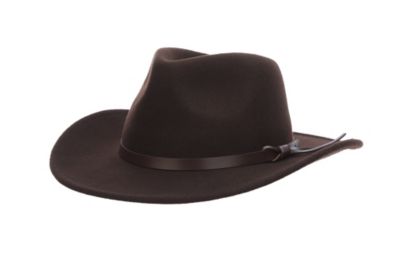
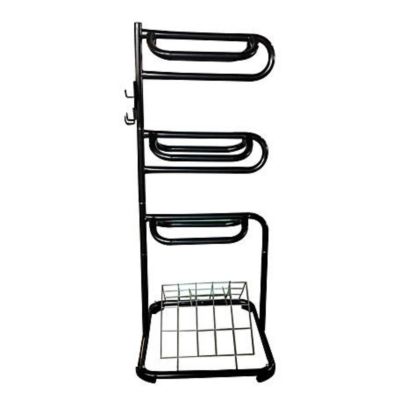
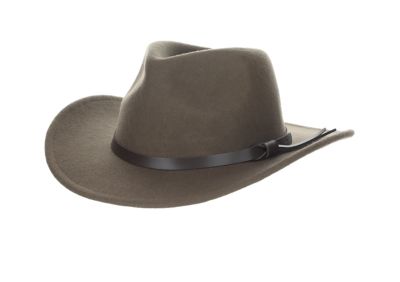
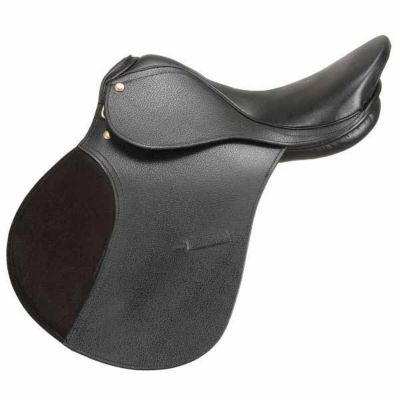
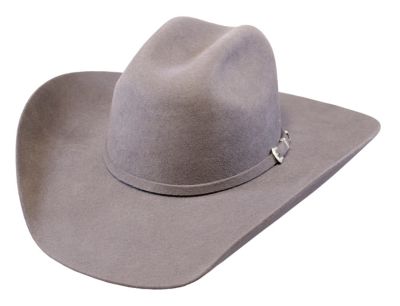

by Granny
Very satisfied with my purchase, it was worth the wait.